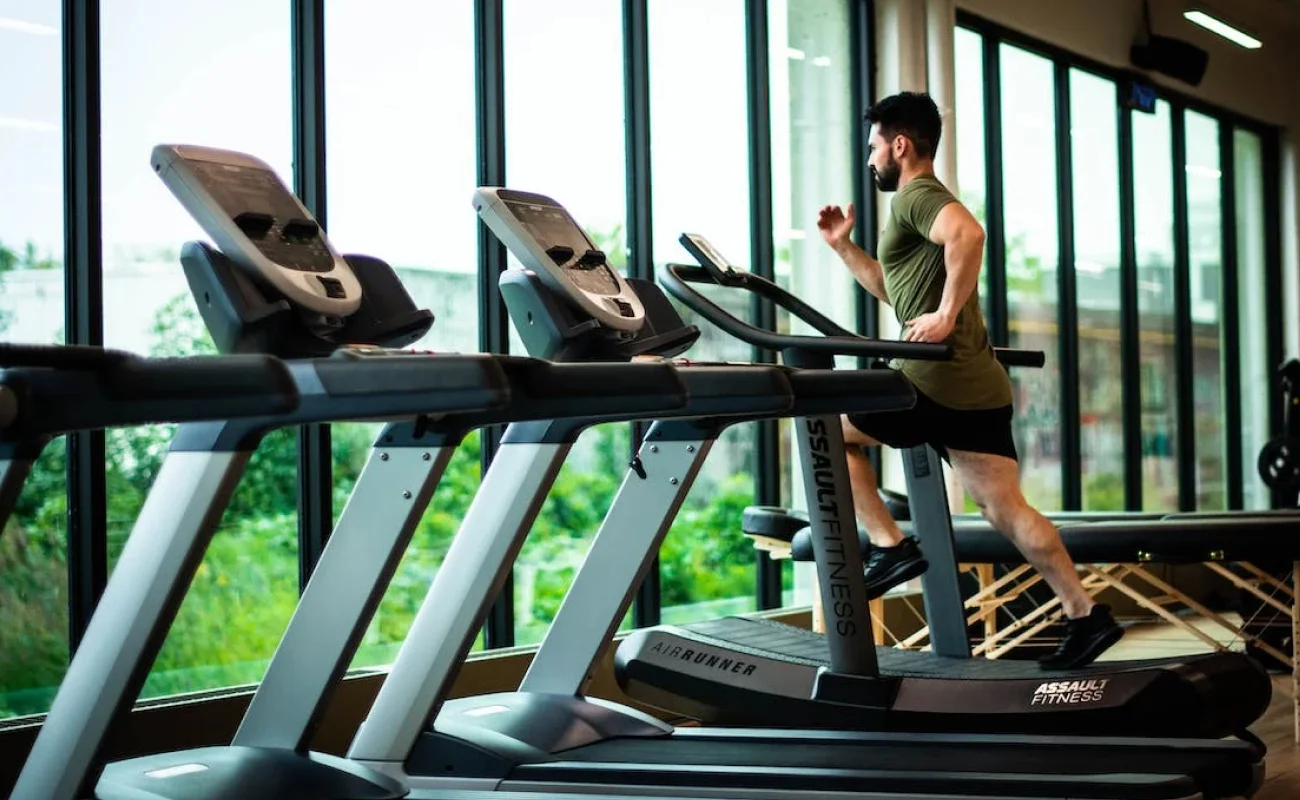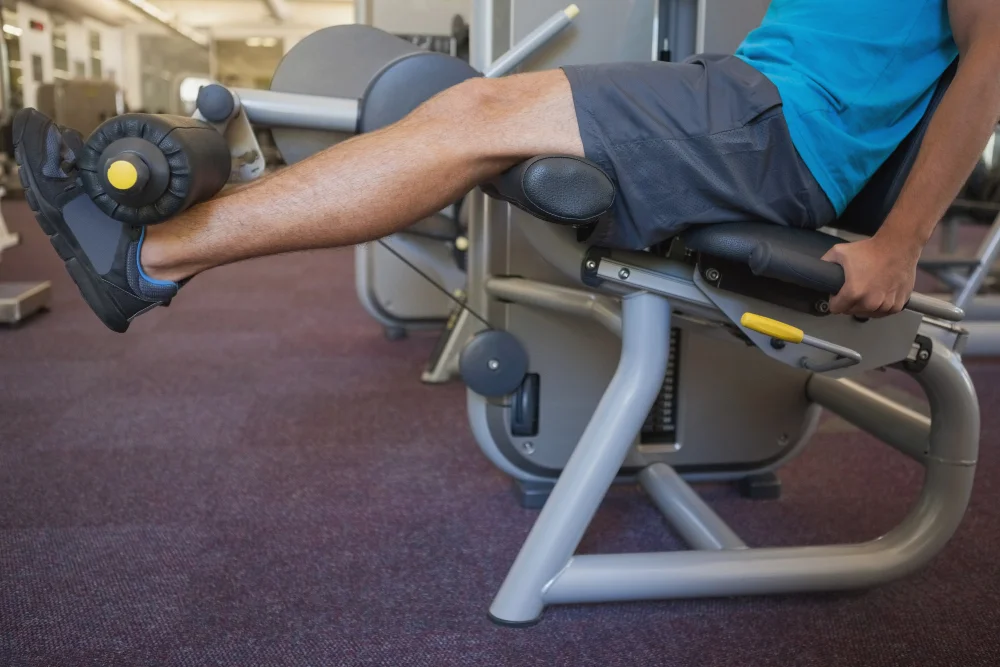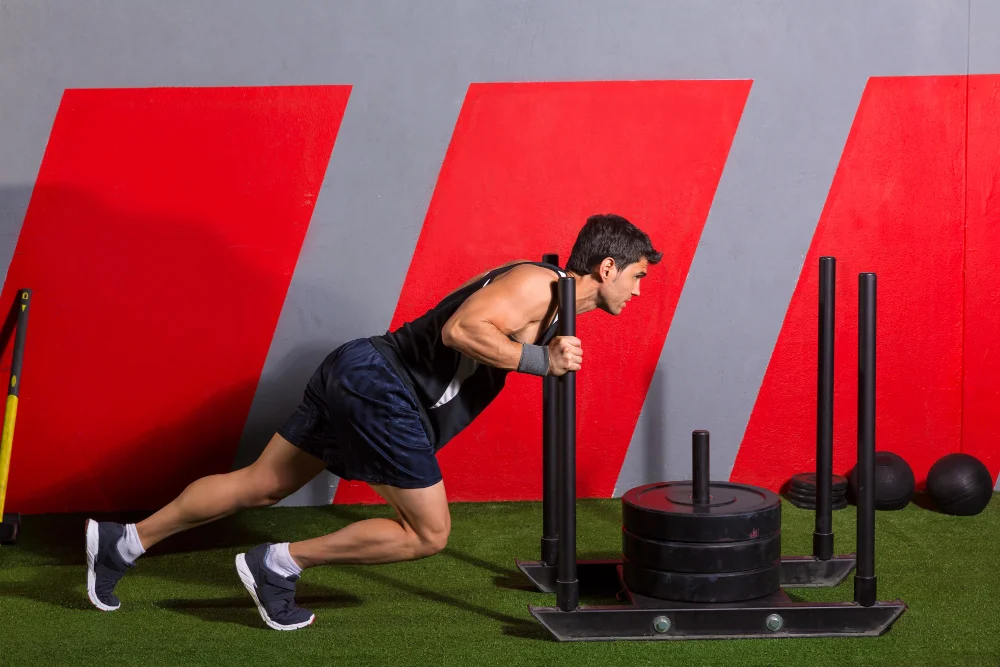Your heart is the rockstar of your body, headlining the concert of life. Cardiovascular health is the secret sauce to this harmonious melody, reducing the risk of heart disease.
Poor cardiovascular health can lead to a range of severe conditions, such as heart disease, high blood pressure, and stroke.
Additionally, recognizing the significance of cardiovascular well-being is the first step toward a healthier and more active life.
The Science Behind Cardiovascular Exercise
Cardiovascular exercise enhances the heart’s and circulatory system’s efficiency and strength.
The cardiovascular system comprises the heart, blood vessels, and blood. It functions collaboratively to supply oxygen and nutrients to various tissues and organs.
Regular cardio activities stimulate the heart to pump blood more efficiently, its ability to deliver oxygen to working muscles.
Likewise, the increased efficiency also contributes to a lowered resting heart rate and improved circulation and reduces the strain on the heart over time.
The science behind cardio underscores its role in enhancing the body’s ability to utilize oxygen, promoting endurance and a resilient cardiovascular system.
Understanding these physiological mechanisms reinforces the importance of incorporating cardiovascular exercise into a comprehensive fitness routine for long-term health and well-being.
Popular Cardio Workouts
Running and Jogging
Running and jogging stand out as quintessential cardiovascular exercises, offering many benefits for heart health. These weight-bearing activities enhance cardiovascular endurance, strengthen the heart muscle, and contribute to efficient blood circulation.
The weight-bearing nature of running also promotes bone density, making it a comprehensive workout. For beginners, starting gradually is crucial, incorporating rest days and investing in proper footwear to minimize the risk of injuries.
Cycling
Cycling on a stationary bike or outdoors is a low-impact yet highly effective cardiovascular workout. Rhythmic pedalling engages large muscle groups, promoting cardiovascular endurance and heart strengthening.
The impact on heart health is notable, with regular cycling contributing to reduced blood pressure and improved cholesterol levels.
Various cycling workouts, such as interval training and long-distance rides, provide flexibility to cater to individual fitness goals.
Whether cycling for leisure or intensity, the activity offers a customizable and enjoyable approach to cardiovascular exercise.
Jump Rope
Jump rope, often associated with childhood games, has emerged as a dynamic and efficient cardiovascular workout for adults.
The benefits for cardiovascular fitness are significant, as jumping rope elevates the heart rate and engages multiple muscle groups simultaneously. It enhances coordination, agility, and endurance.
Jump rope workouts can be adapted to various fitness levels through variations like high knees, double-unders, and alternating foot patterns.
Techniques such as proper form, consistent pacing, and incorporating intervals contribute to an effective and engaging jump rope session.
Embracing the versatility of this simple yet powerful exercise can add a vibrant dimension to a cardiovascular fitness routine.
Monitoring Heart Health During Workouts
Monitoring heart health during workouts is crucial to any fitness routine, ensuring safety and optimizing performance.
The importance of monitoring heart rate cannot be overstated; it is a real-time indicator of the cardiovascular stress imposed during exercise.
Tracking heart rate allows individuals to stay within their target zones and effectively work while preventing overexertion or insufficient effort.
Utilizing fitness trackers and heart rate monitors has become increasingly popular for precision in heart rate monitoring. These devices offer accurate and instantaneous feedback to users to tailor their workouts based on real-time data.
This technology empowers individuals to make informed decisions about intensity, duration, and recovery, ultimately enhancing the efficiency of their cardiovascular exercise.
Recognizing signs during exercise is paramount to safeguarding heart health. Warning signs such as dizziness, chest pain, or abnormal shortness of breath should never be ignored.
Understanding one’s body and being attuned to these signals enables proactive adjustments to exercise intensity or seek medical attention if necessary.
Tips for a Well-Rounded Cardio Routine
- Experiment with different cardio exercises to keep routines engaging.
- Include activities like running, cycling, swimming, and group classes.
- Integrate strength training exercises to enhance overall fitness.
- Incorporate flexibility exercises such as yoga to improve range of motion
- Pay attention to how your body responds to workouts.
- Adjust intensity based on energy levels, fatigue, and recovery needs.
Conclusion
Cardiovascular health through a well-rounded fitness routine is paramount for overall well-being.
From understanding the science behind cardiovascular exercise to exploring popular workouts like running, cycling, and jump rope, this journey toward heart health encompasses variety and sustainability. Investing in the best quality gym equipment will help you to be consistent with your routine. This ensures that you are always fit and healthy.
FAQS
- How often should I engage in cardiovascular exercise for optimal heart health?
The American Heart Association recommends at least 150 minutes of moderate-intensity aerobic exercise or 75 minutes of vigorous-intensity exercise per week, spread throughout the week.
- Can I still benefit from cardiovascular exercise if I have joint issues?
Yes, low-impact exercises such as swimming, cycling, and elliptical training can provide cardiovascular benefits with reduced impact on joints. It’s essential to consult with a healthcare professional for personalized advice.
- Is it necessary to monitor my heart rate during cardio workouts?
Monitoring your heart rate can provide valuable insights into the intensity of your workout. While it’s not mandatory, it can help tailor your exercise to achieve specific cardiovascular goals and ensure safety.
- How can I make my cardio routine more enjoyable and sustainable?
Adding variety to your workouts, exploring different activities, and incorporating music or podcasts can make your cardio routine more enjoyable. Finding activities you love increases the likelihood of long-term adherence.


















